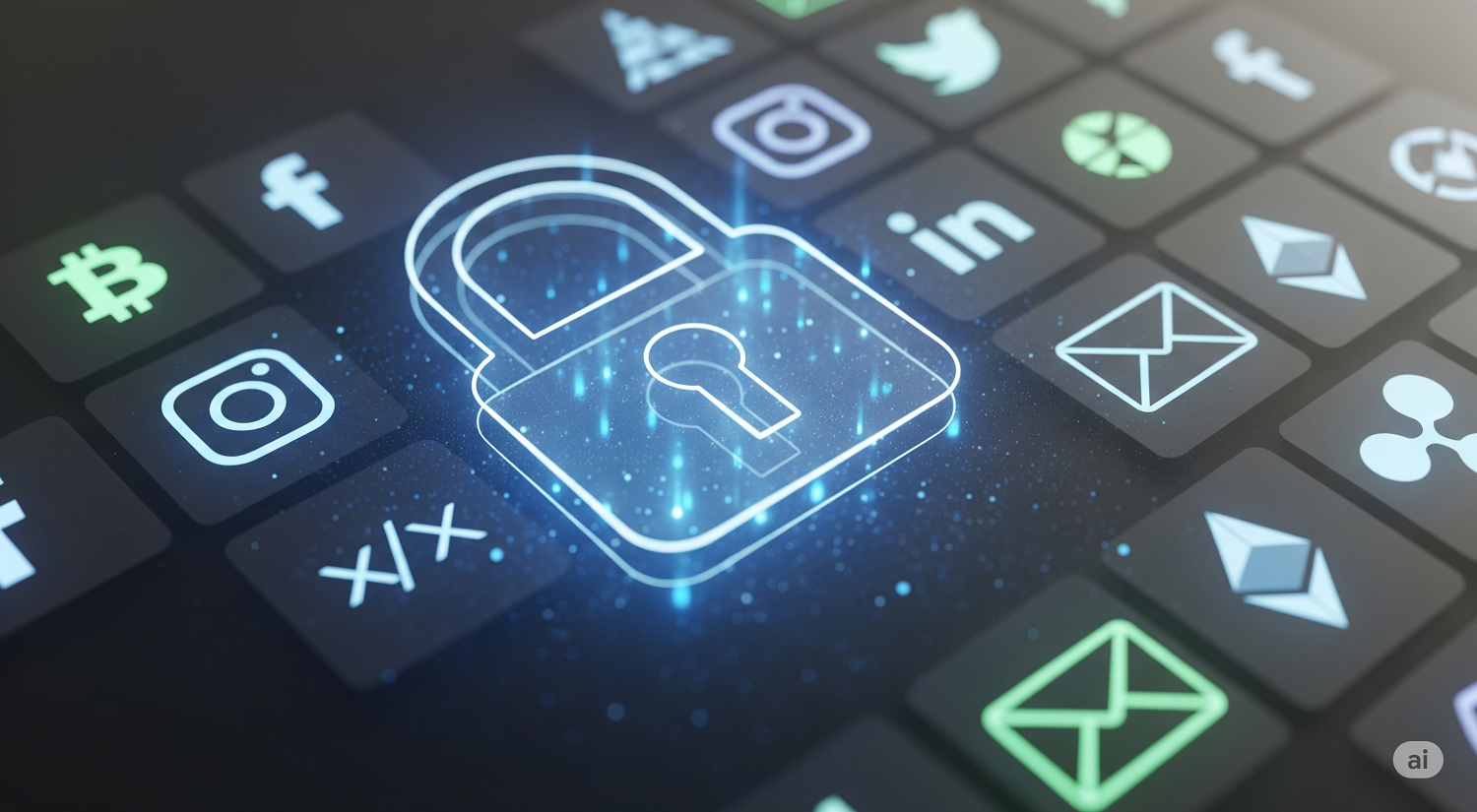
Protecting Your Digital Assets After Death
In today’s digital age, your legacy is not just about physical assets like property, bank accounts, and heirlooms. A significant portion of your life is online—from social media accounts and email to digital wallets, photos, subscriptions, and cloud storage. These digital assets hold both sentimental and financial value, and without proper planning, they can be lost, misused, or even inaccessible due to locked accounts.
That’s why it’s crucial to include digital estate planning as part of your overall estate strategy.
What Are Digital Assets?
Digital assets include any accounts, files, or online properties you own or manage. Common examples are:
- ⦿ Email accounts (Gmail, Outlook, Yahoo)
- ⦿ Social media accounts (Facebook, Instagram, Twitter, LinkedIn)
- ⦿ Online banking and investment platforms
- ⦿ Cryptocurrency wallets
- ⦿ Cloud storage accounts (Google Drive, Dropbox, iCloud)
- ⦿ Digital photos, videos, and personal files
- ⦿ Subscriptions (Netflix, Amazon Prime, Spotify)
- ⦿ Domain names and online businesses
Why Digital Estate Planning Matters
Without clear instructions, families often struggle to access or close online accounts after a loved one’s death. Some platforms permanently lock accounts, while others may require lengthy legal processes to gain access. This can result in:
- ⦿ Lost memories – Family photos and videos stuck in cloud accounts.
- ⦿ Financial loss – Inaccessible online banking, investments, or cryptocurrency.
- ⦿ Identity theft risks – Unattended accounts may be vulnerable to hackers.
- ⦿ Unfinished business – Active subscriptions or domains that continue billing.
How to Protect Your Digital Assets After Death
- 1. Take Inventory of Digital Accounts: List all email accounts, subscriptions, online financial accounts, and social media profiles.
- 2. Use a Family Estate Planning Record Book: A tool like the Family Estate Planning Record Book helps you securely organize login credentials, account details, and instructions for your heirs.
- 3. Assign a Digital Executor: Choose a trusted individual to manage your digital assets. This person should be tech-savvy and capable of following your wishes.
- 4. Leave Clear Instructions: Specify whether accounts should be memorialized, deleted, or transferred. For financial assets, provide steps for secure access.
- 5. Review and Update Regularly: Your online presence changes often. Review your plan yearly and after major life events.
The Role of a Family Estate Planning Record Book
A Family Estate Planning Record Book simplifies digital and traditional estate planning by putting everything in one place. With it, your family will have:
- ⦿ Clear instructions for handling digital accounts
- ⦿ Passwords and recovery details in one secure location
- ⦿ Guidance to prevent disputes or confusion
- ⦿ A roadmap for both financial and personal legacies
Take Control of Your Digital Legacy
Your online presence is part of your life story—and it deserves to be preserved and protected. Don’t let your loved ones struggle to piece together your digital world after you’re gone.
- 👉 Start today with the Family Estate Planning Record Book and bring clarity, security, and peace of mind to your family.
- 👉 Learn more resources on estate planning at Estate Planning Publishers.



